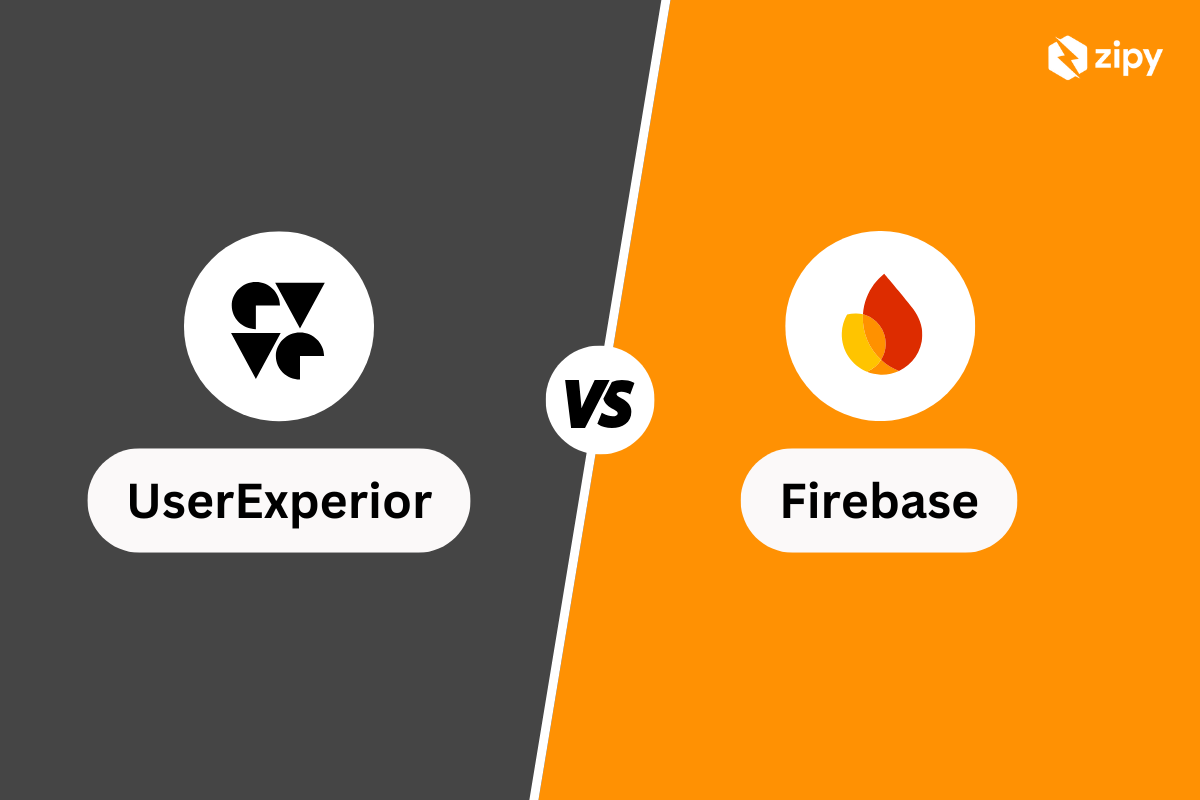Introduction
In Vue.js, the v-model directive provides two-way data binding between form inputs and Vue.js components. However, errors related to v-model usage can occur due to various reasons, ranging from improper data binding to incorrect component configurations. In this article, we'll explore common scenarios of v-model errors in Vue.js applications and provide practical solutions for debugging and resolving them.
Catch errors proactively with Zipy. Sign up for free!
Try Zipy now
Scenario 1
Error code
Corrected code
Solution Summary
In this scenario, an error occurs because v-model directly modifies the data property, leading to a reactivity issue when accessing computed properties directly from the data. The solution involves using a computed property to handle transformations on the data instead of directly accessing it.
Scenario 2
Error code
Corrected code
Solution Summary
Here, a v-model error arises because the template tries to use a ternary operator to display the status of the checkbox directly. To fix this, a computed property is used to handle the logic for displaying the checkbox status.
Scenario 3
Error code
Corrected code
Solution Summary
In this scenario, a v-model error occurs because the input field accepts a value of 0, violating the minimum requirement of 1. To address this, the v-model.number modifier is used to ensure that the bound value is always parsed as a number, and the initial value is corrected to meet the minimum requirement.
Handling v-model Errors in Vue.js
To effectively handle v-model errors in Vue.js applications, consider the following best practices:
- Data Binding: Ensure proper data binding between
v-modeland data properties to prevent reactivity issues and synchronization errors. - Computed Properties: Use computed properties to handle transformations or conditional logic based on
v-modelbound data. - Modifiers: Utilize
v-modelmodifiers such as.number,.trim, or.lazyto handle specific input types or behaviors. - Validation: Implement input validation mechanisms to enforce constraints and prevent errors related to invalid data inputs.
Proactive Error Debugging with Zipy
For comprehensive error debugging and monitoring in Vue.js applications, consider leveraging tools like Zipy. Zipy offers proactive error monitoring and session replay capabilities, allowing developers to identify and resolve v-model errors efficiently. By integrating Zipy into Vue.js projects, developers can streamline error debugging processes and enhance overall application stability.
Debug and fix code errors with Zipy Error Monitoring.
Sign up for free
Conclusion
v-model errors can impact the functionality and user experience of Vue.js applications. By understanding common error scenarios and adopting best practices for handling v-model errors, developers can ensure smoother development workflows and deliver more robust and reliable Vue.js applications.
Resources on how to debug and fix Vue.js errors
- Decoding 14 Vue.js errors: A Vue.js debugging guide
- Vue.js Error Monitoring, Session Tracking & Reporting Software
- How to handle Vue.js Syntax Errors?
- How to handle Vue.js Reference Errors?
- How to handle Vue.js Type Errors?
- How to handle Vue.js Lifecycle Hook Errors?
- How to handle Vue.js Template Compilation Errors?
- How to handle Vue.js Custom Directive Errors?
- How to handle Vue.js v-for Errors?
- How to handle Vue.js v-if/v-else Errors?
- How to handle Vue.js Component Registration Errors?
- How to handle Vue.js Event Handling Errors?
- How to handle Vue.js Vue Router Errors?
- How to handle Vue.js Vuex Errors?
- How to handle Vue.js Async Operation Errors?
Frequently Asked Questions
Q: How can I debug av-model error in Vue.js?
A: Debugging v-model errors involves examining data bindings, computed properties, and input modifiers to identify and resolve synchronization issues or reactivity problems.
Q: What are some common pitfalls when usingv-model in Vue.js?
A: Common pitfalls include improper data binding, direct data manipulation within computed properties, and overlooking input modifiers or validation requirements.
Q: How can I enforce input validation withv-model in Vue.js?
A: Input validation can be enforced by implementing custom validation logic within computed properties or utilizing HTML5 input attributes such as required, min, max, etc., in conjunction with v-model.
Q: Is it possible to bindv-model to non-string values in Vue.js?
A: Yes, v-model can be bound to non-string values such as numbers or boolean values by using appropriate modifiers like .number or .checkbox.
Q: Can Zipy help with debuggingv-model errors in Vue.js applications?
A: Yes, Zipy provides proactive error monitoring and debugging capabilities, assisting developers in identifying and resolving v-model errors efficiently.
Key Takeaways
- Ensure proper data binding and synchronization between
v-modeland data properties. - Use computed properties to handle transformations or conditional logic based on
v-modelbound data. - Utilize
v-modelmodifiers and input validation mechanisms to enforce constraints and prevent errors. - Consider integrating error monitoring tools like Zipy for proactive debugging and resolution of
v-modelerrors.
.svg)





.png)
.png)




.webp)